Anton Bruckner in Vienna
The series about historical places of classic, opera art & culture. Get to know exciting excursion and travel ideas for opera lovers. This time: Anton Bruckner in Vienna.
All Destinations on google maps with links to detailed Blogposts:
Anton Bruckner in Wien
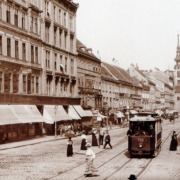
Bruckner was 44 years old when he came to Vienna and took up the work of poorly paid or even unpaid jobs at the university and the conservatory. He moved to Währinger Strasse with his sister Anna (“Nani”). The latter died in 1870 and Katharina Kachelmaier became the housekeeper until the end of his life. (siehe pircture below).
At the beginning of his Viennese period, Bruckner was considered a respected church musician and organist, but the storm hit Vienna when he dedicated his 3rd Symphony to his “music god” Richard Wagner. Henceforth, castigated as a “Wagnerian,” he drew the scathing criticism of the influential critic Eduard Hanslick and found himself in the middle of the greatest cultural-historical conflict of the 19th century, the bitter dispute between the “traditionalists” around Brahms and the “new Germans” around Liszt and Wagner. In line with Hanslick, Brahms also often made negative comments about Bruckner’s music, but the latter always remained polite.
One day Bruckner and Brahms even sat together in their favorite pub Roter Igel (the red hedgehog), but no rapprochement took place.Only when ordering food did they notice that they had the same favorite dish, “Geselchtes mit Knödel” (smoked ham with dumplings).
With a respectable success of the Fourth Symphony and the breakthrough of the Seventh Symphony (in Munich), Bruckner’s position in the Austrian capital improved, but the Viennese never really warmed to the music and the strange person of Bruckner. His friends (e.g. the conductors Hans Richter and Johann von Herbeck) always remained in the minority.
Bruckner suffered greatly from the many slights. When he was even wrongly suspected of an indecent approach to a female student in the “St. Anna Affair”, it almost broke his heart, he who never came close to a woman. But this did not prevent him from writing 9 marriage proposals in his life. The recipients were all young ladies, who in his opinion were still chaste (in his language “clean”). His last proposal (when he was 70 years old) even became famous. He fell in love with Ida Buhz, a parlor maid at his hotel during a stay in Berlin. An engagement had already been arranged, but at the last moment the devout Catholic learned that the bride-to-be was a Protestant. When Ida refused to convert to Catholicism, Bruckner backed out.
In the last decade of his life, the honors began to pour down on Bruckner, especially Emperor Franz Josef honored him first with audiences and orders, then also with a life pension, and finally Franz Josef provided the composer with a free retirement apartment in the upper Belvedere for life (“the Kustodenstöckl”). The university also fulfilled one of Bruckner’s fervent wishes by awarding him an honorary doctorate. For Bruckner, this was nevertheless little consolation for the many slights he had suffered. In addition, he had serious health problems in his last ten years, which prevented him from savoring the successes and fulfilling his last wish to finish the Ninth Symphony. Bruckner died in 1896 in his Kustodenstöckl of heart trouble. He did not want to be buried in Vienna; he found his honorary grave under his beloved organ in St. Floriansstift.
To the travel guide VIENNA for classic and opera fans
Group photo with Bruckner, Katharina Kachelmaier and brother Ignaz (back right) ca. 1896:
Group photo of Brahms (bottom right) and Hanslick (seated next to Brahms):
Roter Igel (does not exist any more):
Geselchtes mit Knödel (smoked ham with dumplings):
Bruckner in his later years:
Destination Bruckner’s apartments
At Währinger Strasse 41 he lived for 8 years on the 3rd floor, a memorial plaque reminds of it, there he composed the symphonies 2-5.
At Hessgasse 7 he lived for 18 years, here he composed the symphonies 6-8 and parts of the ninth (actually, the pieces were also partly composed during the summer stays in Steyr). The apartment on the 4th floor was given to Bruckner free of charge by the owner of the house, one of his university listeners. A memorial plaque commemorates the famous resident.
In the middle of 1895, Bruckner moved to the “Kustodenstöckl” at Prinz-Eugen-Strasse 27, an apartment in the Custody Wing of the Upper Belvedere. It was made available to him by the emperor, since climbing the stairs in Hessgasse became too strenuous for him. There the composer succumbed to a heart ailment on October 11, 1896. There is also a memorial plaque here.
Kustodenstöckl:
Destination Musikverein house
The Musikverein Hall was the site of world premieres of five of his symphonies (and his “Te deum”). The round of premieres began with the third symphony in 1873 in the worst possible way. The Vienna Philharmonic Orchestra refused to premiere the piece. Shocked, Bruckner rewrote the work, and at the premiere with the second version in 1877, the audience left in droves during the performance; only 12 listeners stayed to the end. After the triumph of the Seventh abroad, the premiere of the Eighth in the Musikverein Hall in 1892 became Bruckner’s greatest moment in Vienna. In the presence of Hanslick and Brahms, who did not bat an eye in the hall, Bruckner received the ovation of the audience. But before that, he had to go through hell when the conductor Hermann Levi rejected the first version. Again, Bruckner wrote another version, as he did with many of his symphonies. Hans Richter finally performed the work.
Building of the Musikverein:
Destination Bruckner Monument in the city park
Already three years after his death, a marble monument was erected in the city park.
However, this historical monument was the victim of an act of vandalism and the historical pedestal is currently in a storage building. The monument stands on a newly created pedestal:
Musical excursion: The Ringtheater fire and Bruckner’s 7th Symphony
On December 8, 1881, one of the greatest fire disasters in theater history occurred. That evening, the Vienna Ring Theater burned, the gigantic fire was caused by a gas explosion and cost the lives of almost 400 people. Bruckners witnessed this fire due to the local neighborhood of his apartment. Bruckner had purchased tickets, but decided not to go at the last minute. This event made a tremendous impression on him and he even went to the morgue the next day to view the mutilated bodies. This experience is said to have been processed in the Scherzo of his 7th Symphony. Indeed, at the beginning one hears the quiet crackling of fire in the violins and the trumpet fanfare sounding twice (other sources speak of a cockcrow) announces the arrival of the fire department; the trumpet motif appears in the winds and strings, accompanied by the agitated instrumental voices. A lyrical nature trio interrupts this mood, but soon the mood of the first part returns.
Scherzo of the 7th Symphony:


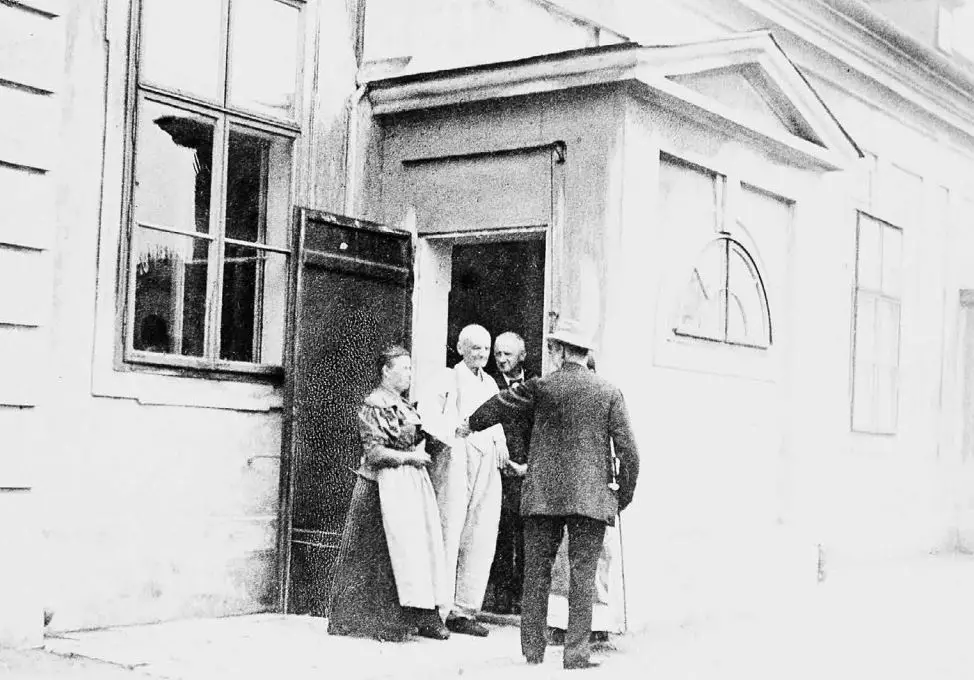
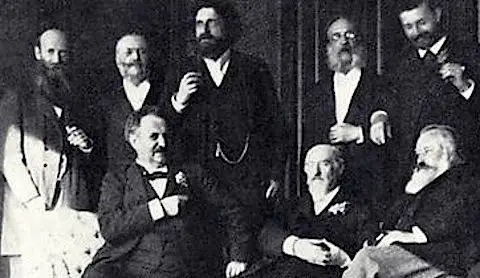
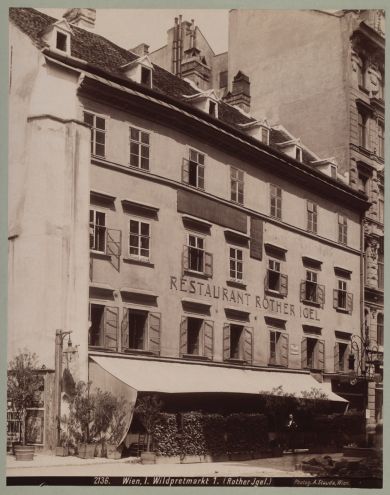

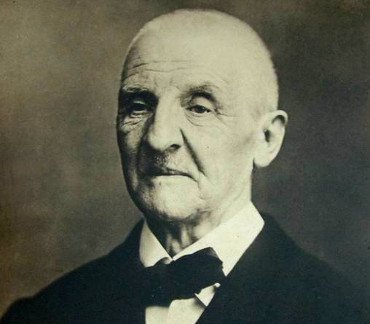
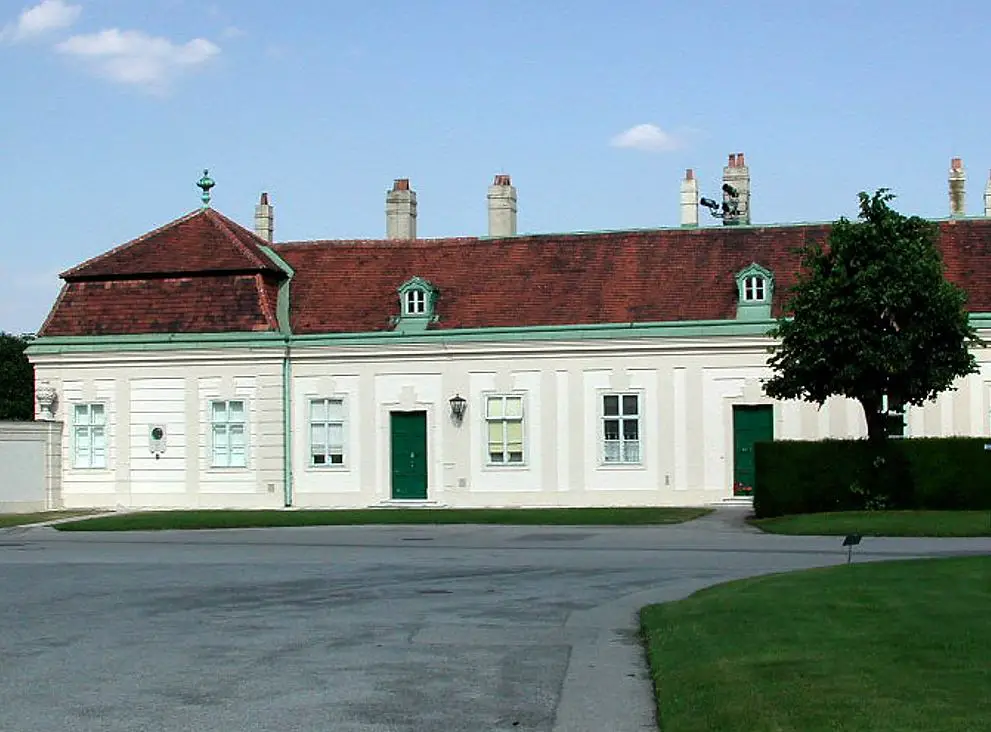
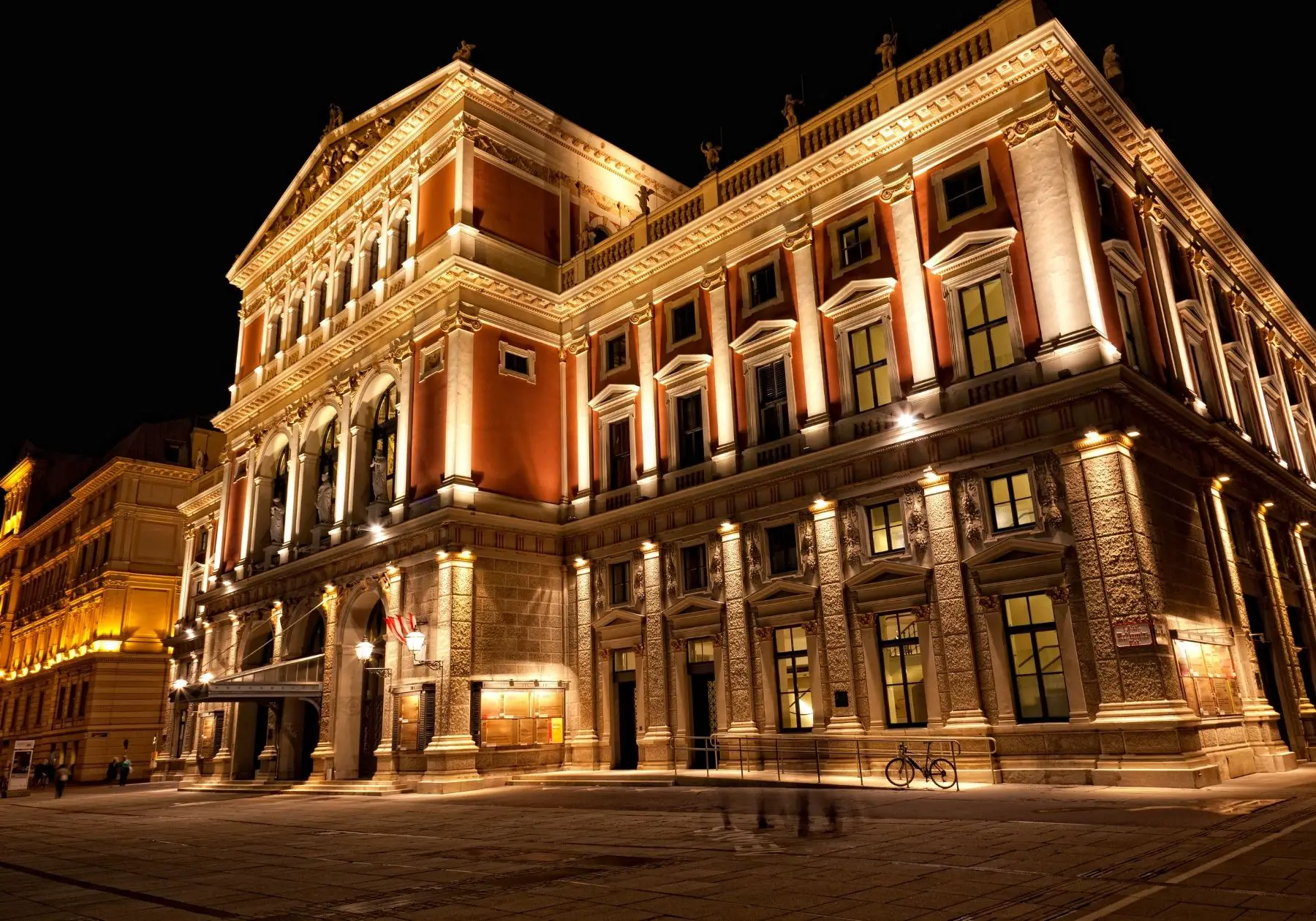
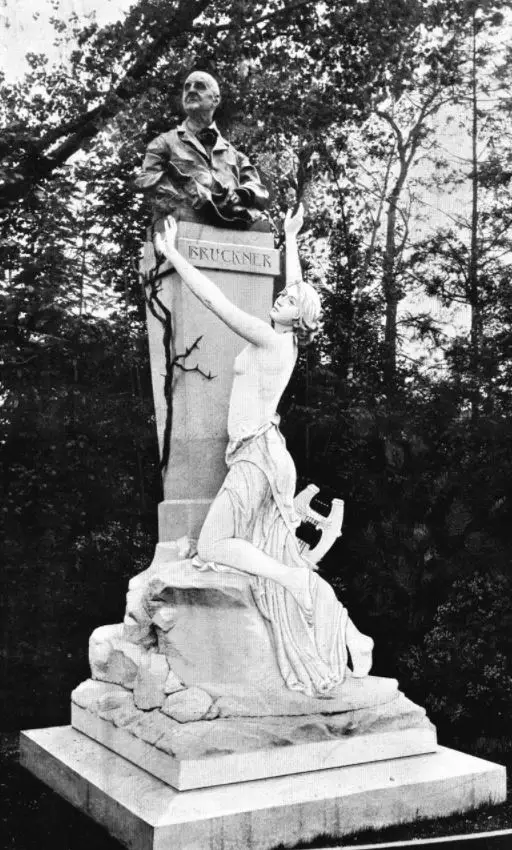
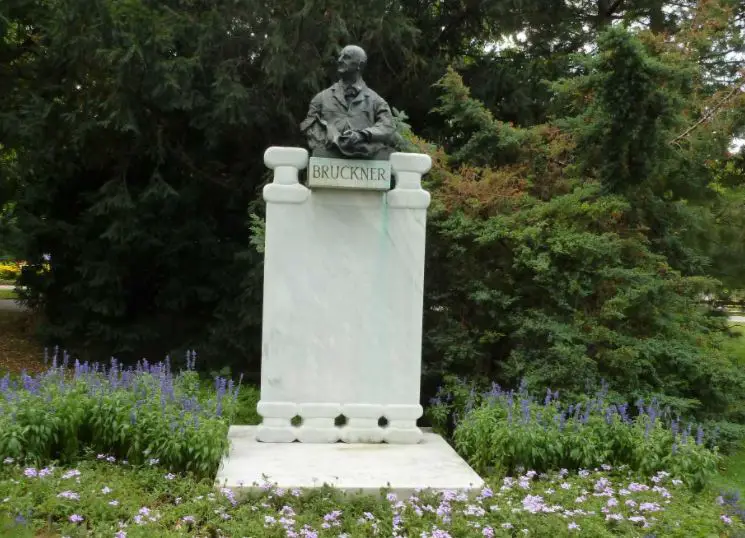


Leave a Reply
Want to join the discussion?Feel free to contribute!